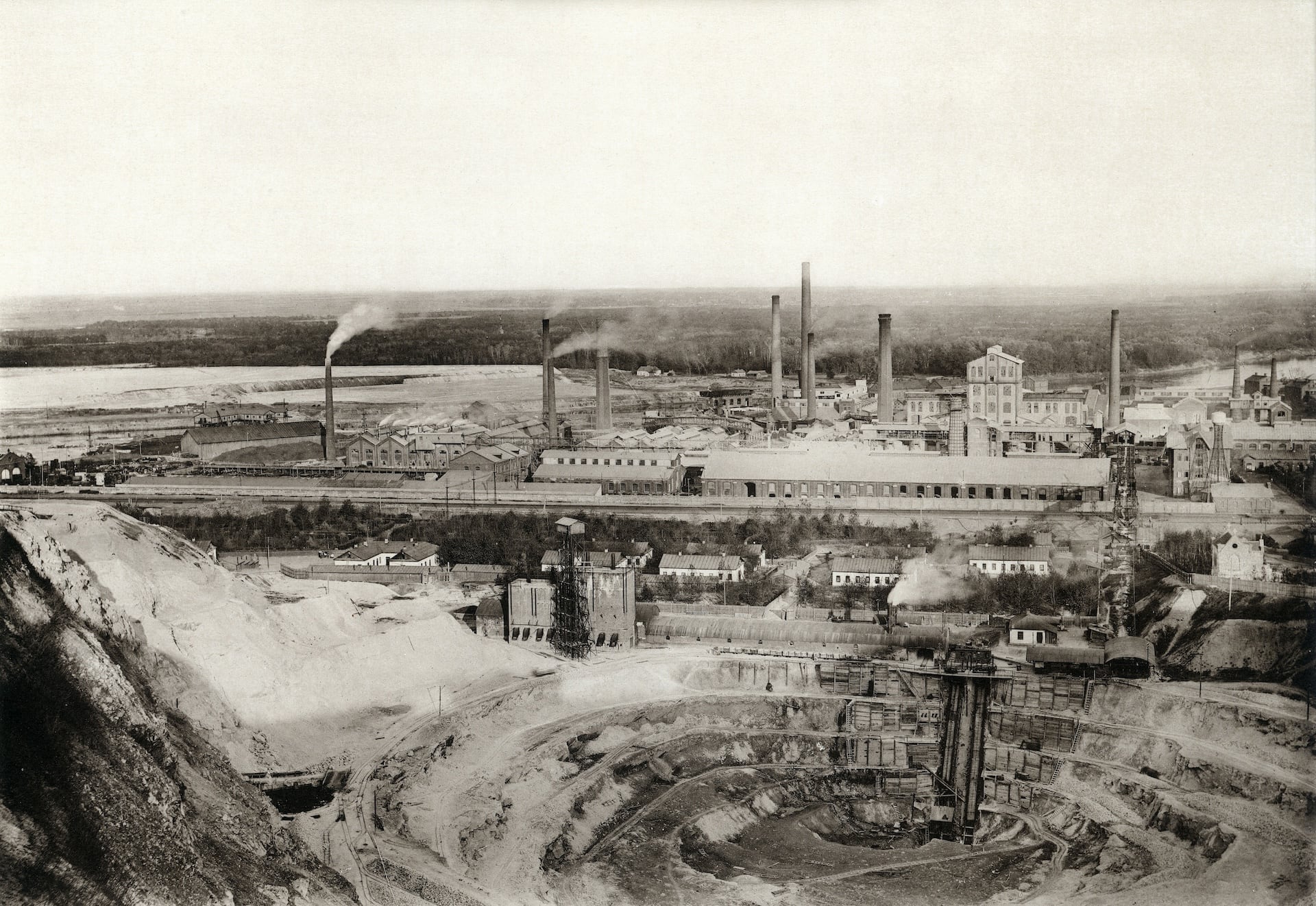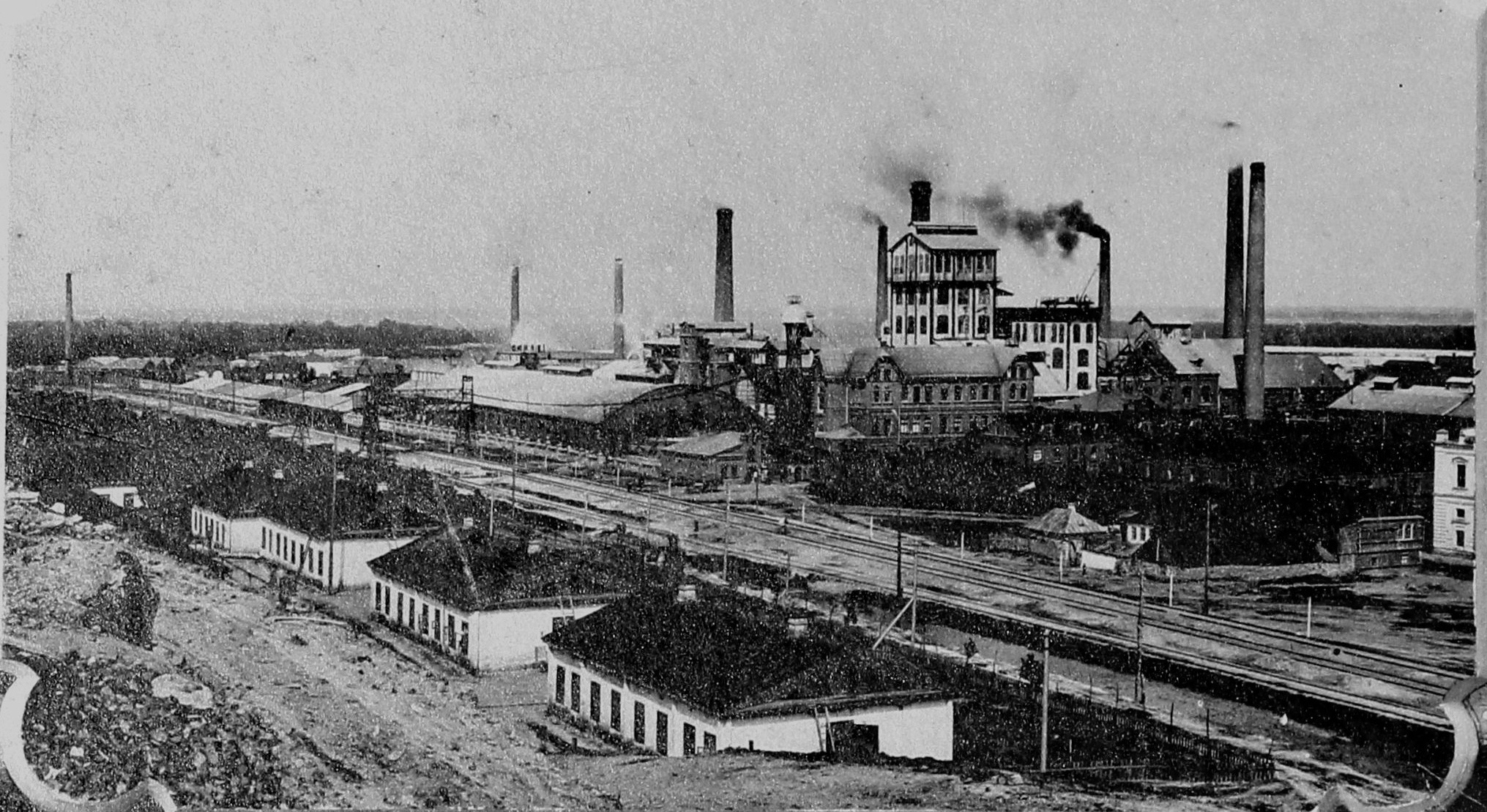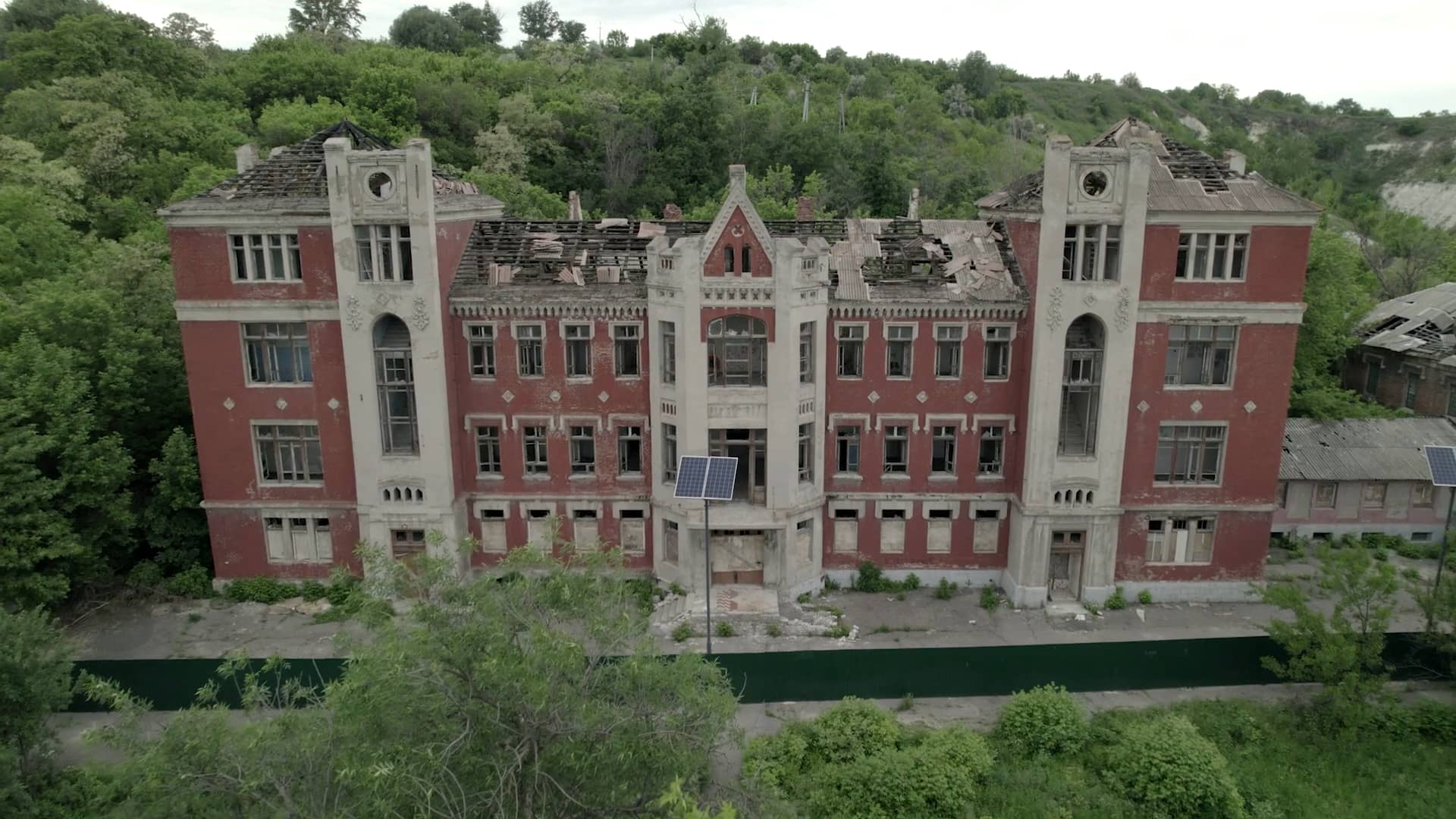
Lysychansk
Belgian quarters
Kornii Hrytsyuk: Before the filming of «Eurodonbas» I was not only in Lysychansk, but also in the entire agglomeration of Rubizhne-Kreminna-Lysychansk-Severodonetsk. It can be said that this is a kind of German Ruhr region only in the Luhansk region — one industrial city smoothly flows into another. Each of them has elements characteristic of post-Soviet industrial settlements: a city-forming enterprise, a huge industrial zone surrounded by residential quarters, a central square, several long main streets. However, there is something in Lysychansk that distinguishes it from other industrial cities not only of Luhansk region, but also of Eastern Ukraine in general — a preserved historical building that is more than 120 years old. It is scattered on the hills near the former Donetsk Soda Plant, which closed in 2011.
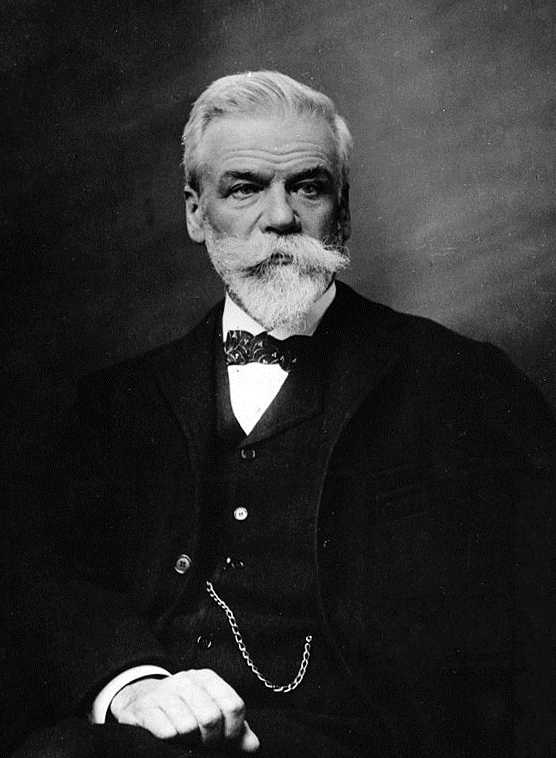
«Donsoda» Donetsk Soda Plant was founded here at the end of the 19th century by the Belgian industrialist Ernest Solve, because there were huge reserves of coal, salt and sand nearby. An important water artery also flowed nearby — the Siverskyi Donets River, from which the name of the plant came.
By the way, the Solve company still exists today, not least thanks to the capital earned in the Luhansk region at the turn of the 19th and 20th centuries. Now «Solvay S.A.» is a chemical giant with headquarters in Brussels and offices in many countries. In this company, they remember their Ukrainian roots and how the Bolsheviks took over their factory.
Belgium, by the way, was one of the last to recognize the USSR, precisely because of the illegal nationalization of their property. Thanks to the Ukrainian office of «Solvay S.A.», we received some of the rare archival materials of Lysychansk even before filming. Some of what we first saw in these photos, we later saw live on the set.

Around «Donsoda» we found more than 30 objects of Belgian architectural heritage. These are both residential buildings and structures that the city used for various purposes: such as a tube dispensary or a gymnasium. Unfortunately, the most striking building, the factory hospital, had been abandoned for many years, but it was impressive even in this state. Due to the large amount of architectural heritage, in 2017, Lysychansk received an award from Belgium — as a city with the largest heritage of this country outside its borders.
These buildings were able to survive the events of the 20th century. Unfortunately, the great invasion of the Russian Federation hurt Lysychansk and its historical buildings. Currently, the city is almost destroyed and occupied. It is known that part of the Belgian buildings, for example, the gymnasium and the tube dispensary, were destroyed by the Russians. There were many arrivals in the housing sector, so only after the deoccupation will it be clear what survived this war and what did not.
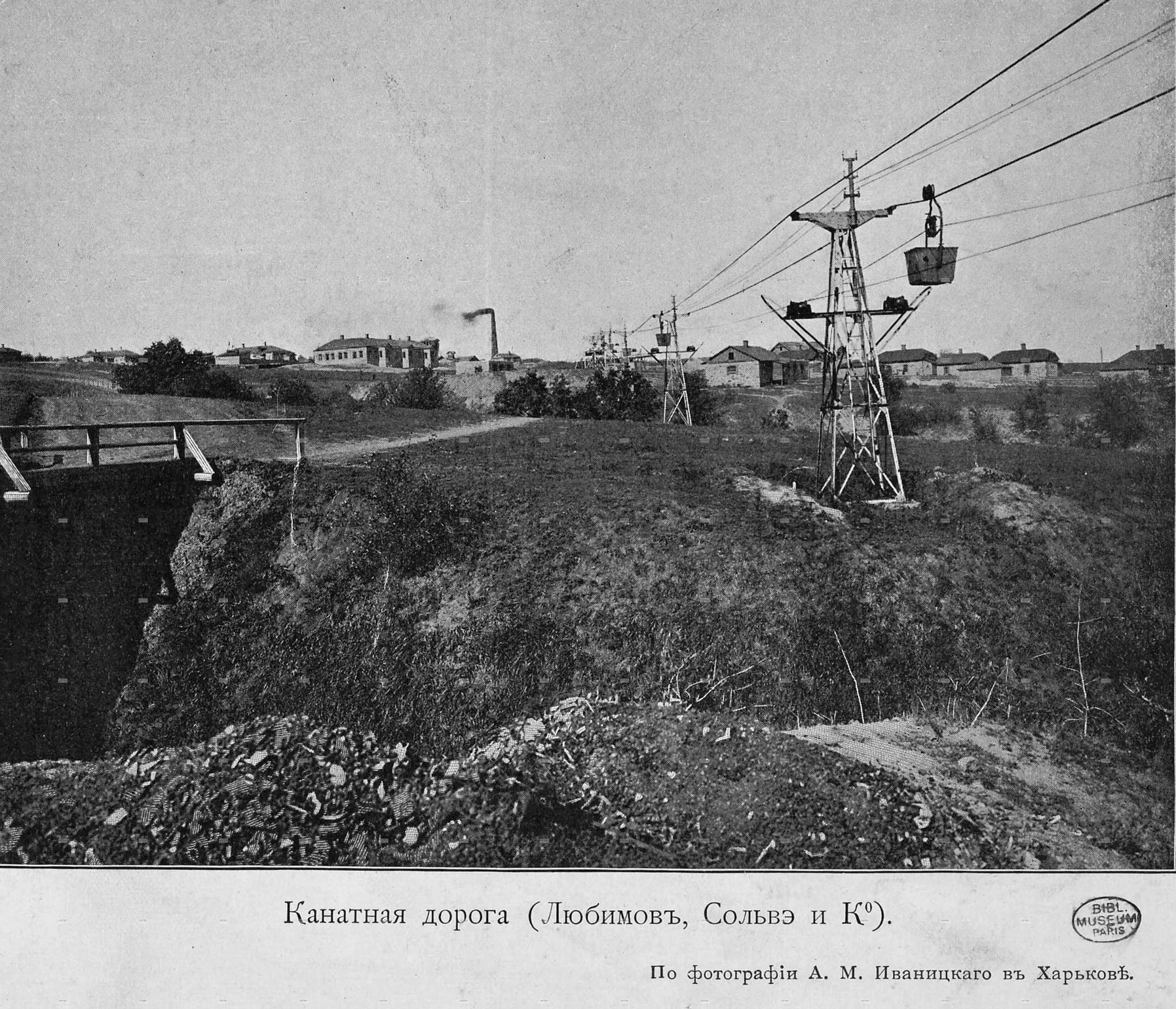
In the spring of 2021, we spent several days in Lysik and got to know many locals, from activists researching Belgian heritage to ordinary residents who have been using this infrastructure for decades, and were especially unaware of its roots.
Lysychansk survived hostilities and a brief occupation back in 2014. After that, it was actually a front-line town, so the war was felt in conversations with the locals. Everyone tried to recover and lived in the hope that it would not happen again, but in less than a year, things got much worse. And when I remember our filming now, I am horrified by what the Russians did to this city. The only thing that warms the soul at least a little is that the people who actually showed us the «Belgian» Lysychansk — Valery Kikhtenko and Mykola Skuridin, true patriots of their region and our country, left there and did not fall under the occupation.
With them, we not only saw what the heritage looks like from the outside, or climbed the «backstreets». We also visited old residential buildings. It was very interesting to understand how foreign workers and engineers saw comfortable housing more than a hundred years ago. Foreigners built so that it was «like at home». They came here as families and had the usual trappings of life — a state-of-the-art hospital, orchestras, their favorite beer, quality sweets, football and weekend cricket.
With Mykola and Valeriy, we also traveled around Lysychansk: we visited Lysycha Balka, a coal deposit that gave the city its name. We visited the remains of the «Donsoda-Carthage» — brine pipeline — an extremely complex and modern technical structure for the beginning of the 20th century. Along this brine pipeline, salt went from Bakhmut to «Donsoda» for almost 40 km. In general, the advanced technologies of Solvay's time are impressive even today, because in addition to the brine pipeline, a long network of ropeways was woven around his enterprise, like a web, along which raw materials and materials were also delivered to the plant.
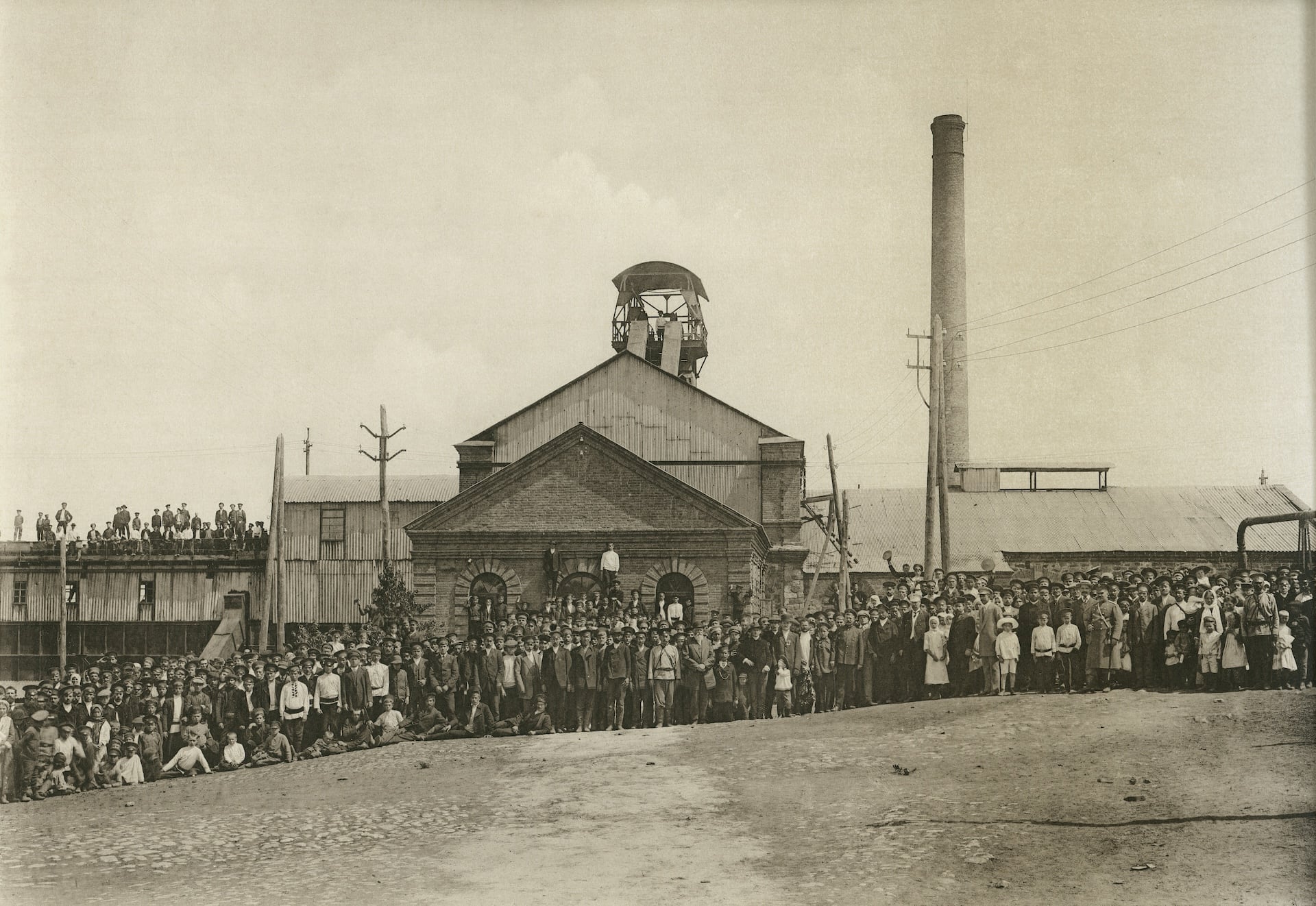
When we were leaving Lysychansk after filming, I believed that we would soon return and show the finished film in this city. With these shows, we planned to draw attention to the Belgian heritage, to actualize the need to preserve it... Of course, now that our Luhansk region is occupied by the enemy, it is much more important to liberate it and then see what happened to what the Belgians built here. And who knows, maybe after our victory Belgium could help us with the restoration of this region, because a hundred years ago in Brussels, they jokingly called the distant Donbas «their tenth province».
Lysychansk after the full-scale invasion of the Russian Federation:
Archival materials from filming:
Don't miss:
- ZMINA: Impulse — research on changes in the development of local communities in Pokrovsk, Bakhmut, Lysychansk and Starobilsk under the influence of the Russian invasion (IZOLYATSIA, 2017)
- Severodonetsk, Lysychansk, Rubizhne: visual anthropology (Art-residency “Plus/Minus", 2018)
- Belgian Lysychansk
- The largest infrastructural heritage of Belgium in the world is in Lysychansk
- Lysychansk received the award «Belgian Heritage Abroad»
- Mykhailo Kulishov — New Carthage
- The Path Marked by Salt — Salt History of Eastern Ukraine

